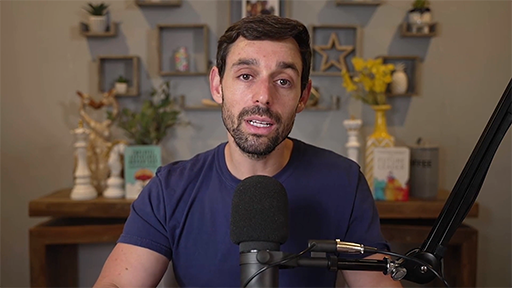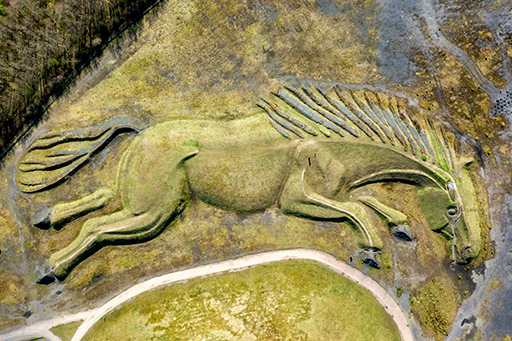1 Future possibilities
To start this course, we want to move away from thinking specifically about your own organisational internal and external environments. Instead, we want you to consider what the future could be like and to encourage you to be open to possibilities and uncertainties. This first section aims to enable you to feel comfortable with the fact that you may have questions you may think you should know the answer to, and don’t. Futures planning often involves unknowns and idea that may seem impossible. The course has been designed to help you to manage unknowns more effectively and the later sections become more structured as we explore futures planning in detail.
Activity 1 Reflect on the past and think about the future
Watch the video ‘Sultan the Pit Pony’ below. Reflect on the past and think about future, both from a personal and organisational perspective.
Then make a note of how you imagine the future.
BBC Wales - The Slate, Sultan the Pit Pony [Tip: hold Ctrl and click a link to open it in a new tab. (Hide tip)]Video 1 Sultan the Pit Pony
Answer
It may have seemed strange to have been asked to watch a video about a sculpture dedicated the memory of pit ponies and coal mines. Many of us may be too young to remember the scale of the coal industry in Britain, as importing from overseas became more cost effective from the 1970s British coal mining started to rapidly decline. At its peak in the 1920-30’s it may have been unimaginable for those involved in the industry that this was an energy source in the future we would actively decide to stop using. As we came aware on the impact it had on our climate the focus on long-term energy sources is a fundamental part of futures planning, to find more sustainable ways of working and ensure we meet the net-zero climate targets.
While you may not be directly involved in finding the solution for cleaner energy resources, your vision of the future is dependent on energy in some form. The purpose of the video was to redirect your thinking from your own understanding of the world and technology. Often when you are asked to imagine the future the first reaction is to talk about technology. The video highlighted the human impact of an evolving world and as future planners you have to balance both organisational and people’s needs. This requires you to be open to collaborating with others and to draw on examples from other industries and areas of work. It also requires you to become comfortable managing uncertainty and to imagine the unknown and maybe impossible, in order to develop your own sense-making skills and assist in the evolution of your organisation.
The future possibilities for the world are infinite, and as an organisation predicting your own role in that future and how you continue to succeed, will either be an exciting or daunting prospect. For some this may feel overwhelming as, for most organisations, your focus is often on the immediate needs to survive and operate. Others may be fortunate to have Futures and Innovations, or Research and Development teams, but many rely on the knowledge, experience and enthusiasm of those in the workforce tasked with planning, implementing and sustaining change.
In the previous activity you considered the future. We now explore the idea of a futurist mindset.
Activity 2 Do you have a futurist mindset?
In the video below Jacob Morgan, four times best-selling author, speaker and professionally trained futurist explains the futurist mindset.
As you watch the video, consider how you think about the future and when working on tasks, consider how you approach these – do you think about different possibilities? Then answer the poll.

Transcript: Video 2 The skills of the futurist
Do you feel you have a futurist mindset?
Answer
Having a futurist mindset draws on many skills and approaches you may already use, but perhaps you have not considered that on daily basis you do futures planning in your approach to everyday tasks and decisions. These include the act of considering possibilities, exploring options and asking questions such as those Jacob Morgan posed in the video:
- Why might this happen?
- What else might happen?
- What factors may influence it happening/not happening?
- What is the future of work that YOU want to see happen?

